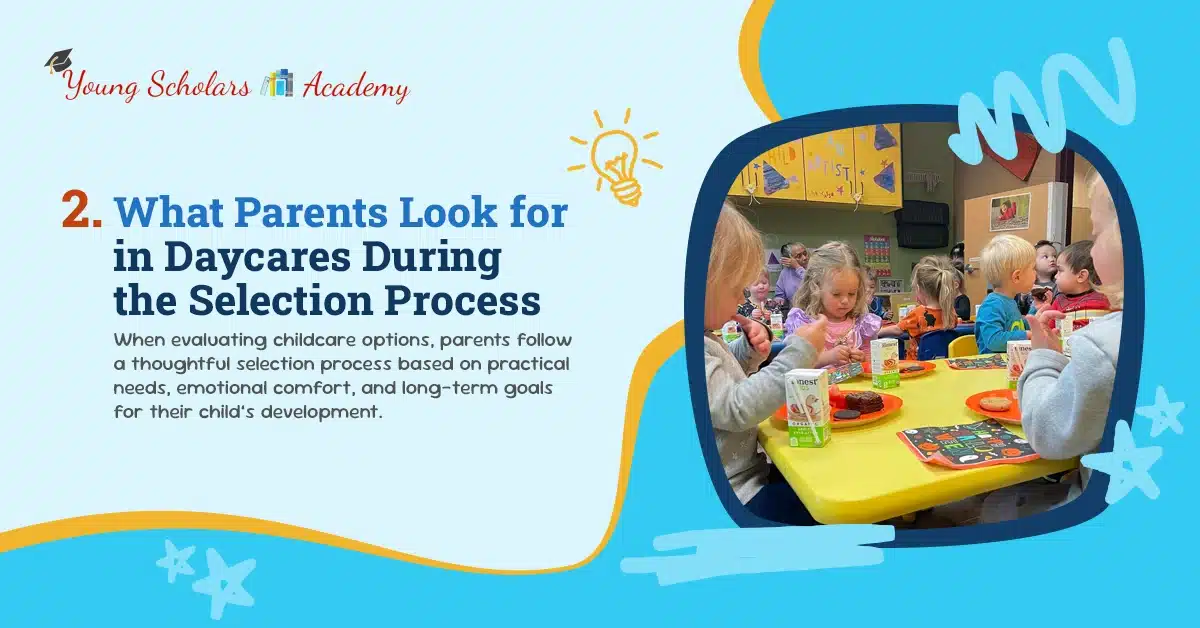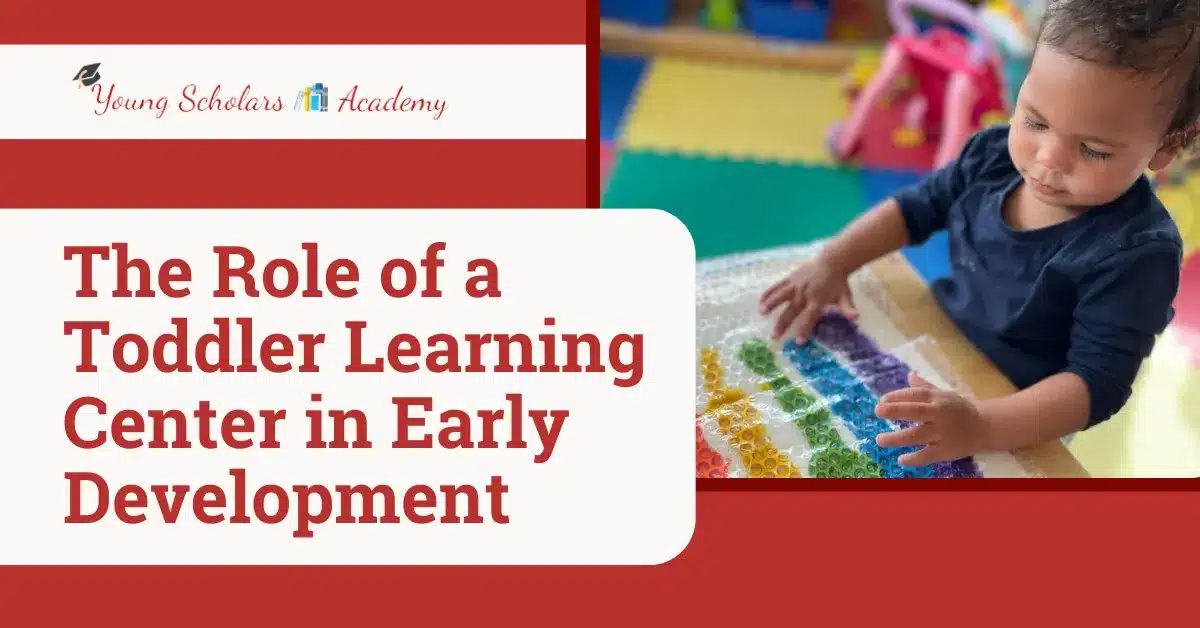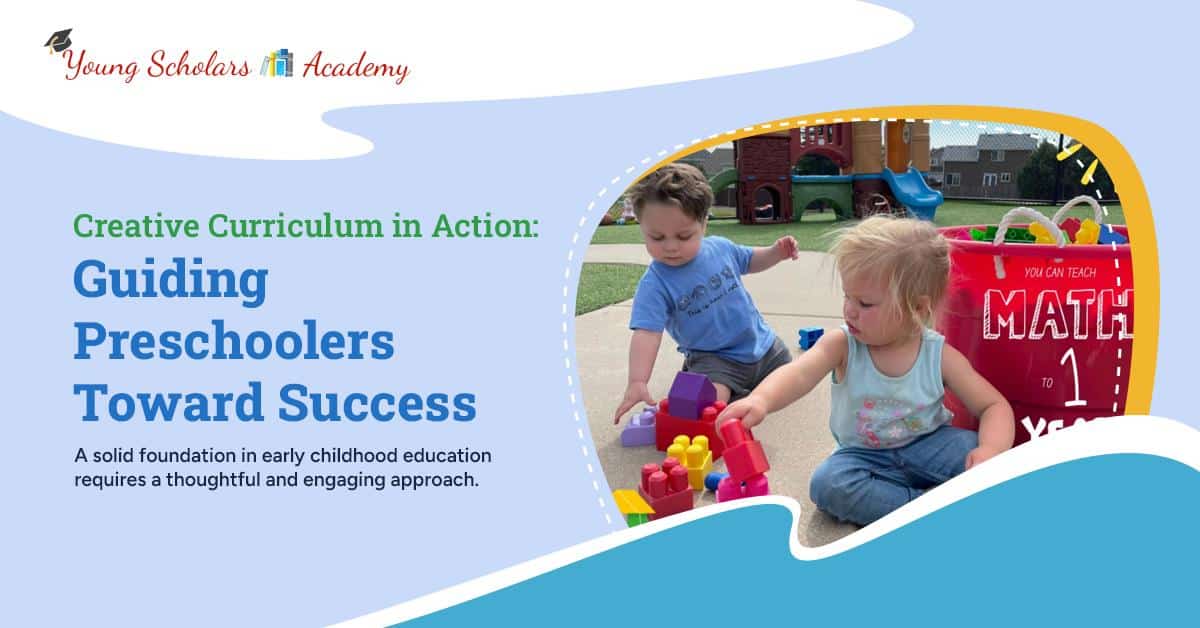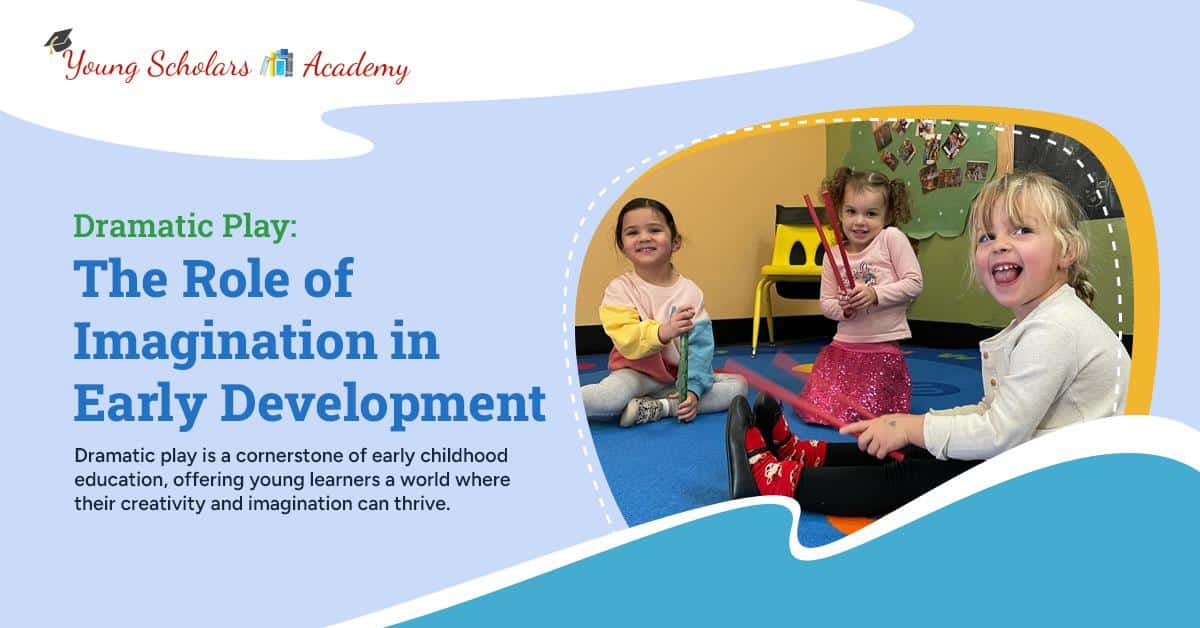Why choose top daycares Colorado Springs? For many families, selecting a high-quality childcare provider influences a child’s early development and long-term success. In Colorado Springs, top-rated daycares offer more than basic supervision—they provide structured learning environments, professional staff, and nurturing care supporting each child’s growth. Parents value daycares, prioritizing safety, developmental milestones, and strong communication between educators and families.
These institutions foster cognitive, emotional, and social development through curriculum-based learning and personalized attention. Choosing a leading daycare ensures that children are supported by experienced professionals in an environment that promotes educational readiness and emotional well-being.
1. Understanding the Best Daycare Qualities Colorado Springs Parents Prioritize
Many Colorado Springs families approach selecting a daycare with careful consideration. Parents look for centers that meet high care, safety, and education standards to ensure their child’s well-being and development. The following areas highlight the best daycare qualities Colorado Springs families consistently value.
A Safe and Supportive Environment
Safety remains a main priority to any parent choosing a childcare provider. High-quality daycares implement strong protocols that protect children while encouraging a nurturing atmosphere.
- Secure access systems: Only authorized individuals are allowed entry to the facility.
- Emergency preparedness: Staff are trained to handle fire drills, lockdowns, and medical situations.
- Cleanliness standards: Classrooms, toys, and surfaces are sanitized regularly to prevent illness.
Parents feel confident when daycares demonstrate a energetic approach to health and safety, supported by clear procedures and consistent staff awareness.
Skilled and Attentive Staff
Families emphasize the qualifications and professionalism of the educators and caregivers. Staff members must guide children through each developmental stage with care and expertise.
- Early childhood education credentials: Teachers have the training to support age-specific needs.
- Low staff turnover: Long-term employees foster stability and stronger relationships.
- Ongoing professional development: Staff regularly attend workshops and training to stay current.
The presence of a well-trained and committed team reassures parents that their child is in capable hands each day.
Age-Appropriate Learning and Activities
Parents want daycares that stimulate growth through developmentally appropriate instruction. A structured but flexible curriculum is essential to foster language, motor development, and social interaction skills.
- Play-based curriculum: Learning is encouraged through creative exploration and sensory play.
- Individualized lesson plans: Activities are adapted to meet each child’s needs.
- Balanced daily schedules: Children experience a mix of learning, play, and rest.
These learning opportunities promote curiosity and lay the foundation for academic readiness.
2. What Parents Look for in Daycares During the Selection Process
When evaluating childcare options, parents follow a thoughtful selection process based on practical needs, emotional comfort, and long-term goals for their child’s development. Choosing a daycare involves more than convenience—it reflects a family’s values, expectations, and desire for high-quality early learning.
Communication and Transparency
Parents want to feel informed and involved in their child’s day-to-day experiences. Open lines of communication build trust and allow families to partner with staff in supporting their child’s growth.
- Daily reports and updates: Parents receive summaries of meals, naps, activities, and behavior.
- Parent-teacher conferences: Scheduled meetings help families stay aligned with developmental goals.
- Open-door policies: Families are welcome to visit or observe, reinforcing transparency.
Consistent communication creates a sense of reassurance, helping families feel connected to their child’s learning environment.
Flexible and Reliable Scheduling
Working parents often require dependable scheduling options that align with their professional commitments. Flexibility, combined with reliability, is an essential feature of any high-quality daycare.
- Extended hours: Accommodating early drop-off and late pick-up needs.
- Clear holiday and closure policies: Providing advance notice and consistency.
- Reliable staff attendance: Ensuring continuity of care throughout the week.
Families prioritize centers that demonstrate respect for time and maintain dependable routines.
Emotional and Social Environment
The atmosphere of the daycare must promote positive social interactions and emotional growth. Parents seek centers where children can express themselves and build healthy relationships.
- Warm and welcoming classrooms: Spaces designed to feel safe and inclusive.
- Positive behavior guidance: Encouraging empathy, cooperation, and self-regulation.
- Strong peer engagement: Fostering friendships and group learning activities.
A supportive emotional setting allows children to thrive and equips them with essential social skills.
3. Key Signs of a Quality Daycare Near Me That Families Should Recognize
Identifying a high-quality daycare involves more than a quick online search. Families looking for a dependable and enriching environment must evaluate specific indicators that reflect professional standards, developmental support, and child-centered care. The following signs help parents recognize a quality daycare near them.
Verified Credentials and Accreditation
A daycare’s certifications and credentials demonstrate its commitment to excellence and compliance with regulatory standards. Accreditation also shows that the center voluntarily meets higher benchmarks of care and education.
- State licensing: Compliance with required health, safety, and staffing regulations.
- NAEYC or similar accreditation: Recognition for meeting national early childhood education standards.
- CPR and first-aid certification: Staff are trained to respond to emergencies.
These credentials indicate that the daycare values safety, accountability, and continuous improvement.
Positive Classroom Environment
A well-maintained, organized, and welcoming classroom encourages active participation and exploration. The physical environment reflects the program’s approach to child development.
- Clean and organized spaces: Materials are accessible, and environments are free from hazards.
- Child-centered learning areas: Classrooms are divided into reading, play, and hands-on learning zones.
- Age-appropriate materials: Toys and tools are designed to match developmental stages.
A quality setting supports comfort, curiosity, and engagement throughout the day.
Professional and Engaged Staff
Caregivers and educators are vital in the quality of daycare. Families notice when staff are attentive, enthusiastic, and well-prepared.
- Warm interactions with children: Staff communicate respectfully and encourage participation.
- Observation-based planning: Activities are based on the needs and interests of the children.
- Consistent staffing: Familiar caregivers build trust and routine.
These elements demonstrate that the daycare values strong relationships and a responsive approach to care.
4. How Top Daycares in Colorado Springs Support Early Childhood Development
Top daycares in Colorado Springs are recognized for their comprehensive approach to early childhood development. These centers focus on cognitively, socially, emotionally, and physically nurturing the whole child through structured programs, intentional interactions, and consistent routines. Their efforts are grounded in research-based practices that promote long-term success.
Developmentally Appropriate Curriculum
A strong curriculum supports children’s growth by introducing age-appropriate skills and fostering curiosity. The best programs offer intentional learning opportunities through play and guided instruction.
- Skill-based learning goals: Activities target milestones in language, math, motor skills, and problem-solving.
- Hands-on experiences: Children learn through discovery, manipulation, and observation.
- Individualized learning paths: Teachers adapt plans to meet the pace and needs of each child.
This structured yet flexible approach helps children build confidence and prepare for future academic environments.
Focus on Social and Emotional Growth
Emotional well-being and social interaction are key components of early development. Leading daycares create environments where children feel safe expressing themselves and building positive relationships.
- Emotion identification and regulation: Children learn to recognize and manage their feelings.
- Group collaboration: Activities promote sharing, cooperation, and communication.
- Positive behavior modeling: Staff demonstrate respectful, inclusive behavior at all times.
These strategies equip children with interpersonal skills essential for success in school and life.
Health and Physical Development
Physical development is supported through daily routines that incorporate movement, nutrition, and hygiene. Quality daycares encourage active play while promoting healthy habits.
- Daily outdoor time: Children play running, climbing, and gross motor games.
- Nutritious meal planning: Balanced meals and snacks support energy and focus.
- Hygiene education: Routines teach handwashing and self-care skills.
Through a well-rounded approach, top daycares create a foundation for lifelong learning and healthy development.
5. The Long-Term Benefits of Choosing a Top-Rated Daycare
Selecting a top-rated daycare has lasting impacts that extend well beyond the early years. High-quality childcare programs do more than meet daily needs—they lay the groundwork for lifelong academic, social, and emotional success. Families who invest in trusted providers benefit from consistent developmental support and a strong educational foundation.
Enhanced School Readiness
Children who attend top-rated daycares are better prepared for the expectations of formal schooling. These programs emphasize critical early learning skills in an engaging and age-appropriate manner.
- Pre-literacy and numeracy exposure: Early reading and counting activities build foundational knowledge.
- Listening and attention development: Structured routines foster focus and task completion.
- Classroom behavior familiarity: Children learn to follow directions, take turns, and collaborate.
When children enter kindergarten, they often demonstrate stronger academic readiness and adaptability.
Stronger Social and Communication Skills
Daycare environments offer daily opportunities for children to practice meaningful social interactions. Skilled educators guide children in navigating group dynamics and expressing themselves clearly.
- Cooperative play experiences: Group activities teach negotiation, empathy, and sharing.
- Language development: Frequent conversation enhances vocabulary and verbal skills.
- Conflict resolution practice: Children learn to manage disagreements in a supportive setting.
These interactions help children develop emotional intelligence and positive peer relationships early on.
Greater Confidence and Independence
Top-rated programs foster a sense of autonomy and achievement through consistent encouragement and developmentally appropriate challenges.
- Self-help routines: Children learn to dress, clean up, and manage personal belongings.
- Decision-making opportunities: Children choose activities, solve problems, and take responsibility.
- Supportive reinforcement: Educators recognize efforts and guide children through setbacks.
This early independence supports resilience, initiative, and a strong sense of self, benefiting children throughout their educational journey.
Conclusion
Choosing the proper daycare is one of the most important decisions a parent can make—and in Colorado Springs, the advantages of selecting a top-rated center are clear. From trusted safety practices and qualified educators to enriching curriculum and lifelong developmental benefits, top daycares provide the foundation children need to thrive. Families who prioritize quality care invest in more than daily routines—they’re building the path toward a confident, capable, and well-prepared future for their child.
Discover how the right start can make all the difference. Contact Young Scholars Academy today at (719)522-9099 or visit our contact page.

















